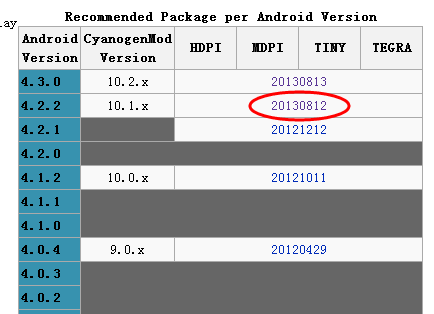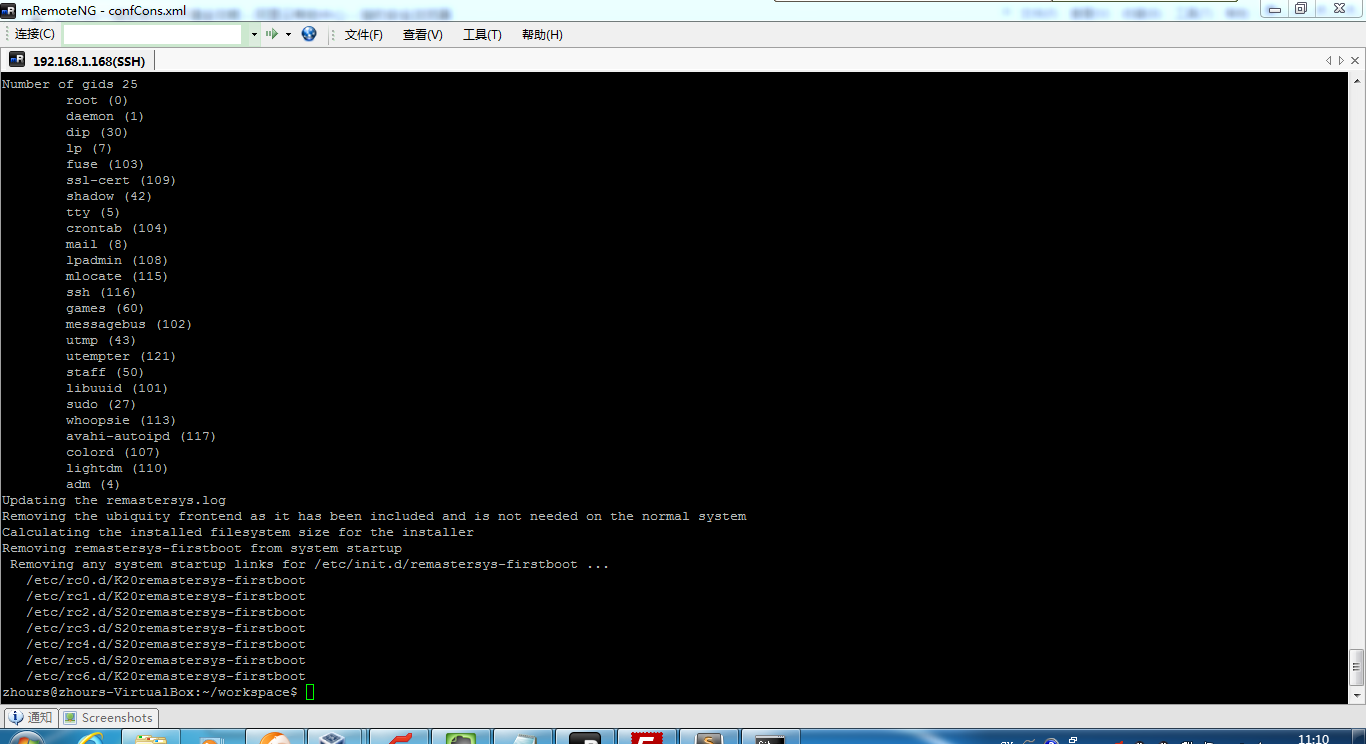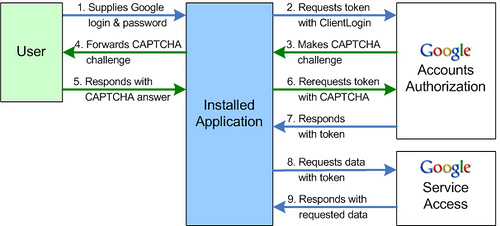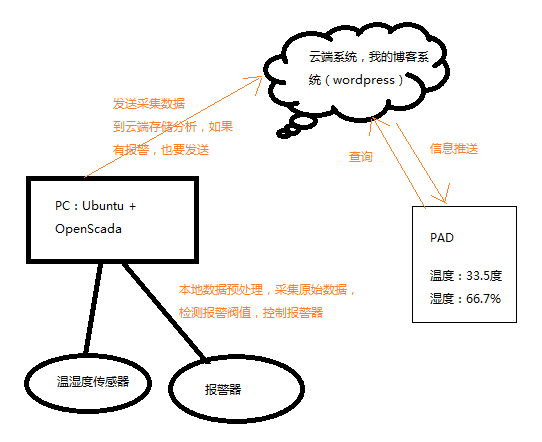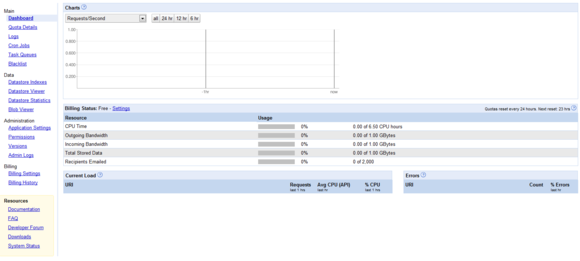在基于Java语言的开发过程中,DB相关的开发相信大家都接触过SQL语句,增删改查作为基本的操作,比较熟悉,那么JOIN,UNION, MERGE, DISTINCT这些高级的操作使用过没有呢?使用的过程中有哪些误用呢?有没有可能改善现在的SQL语句来提高程序的性能。本文介绍了几种常见的SQL误用场合,有语法方面的,改善效率方面的,下次,自己再做开发的时候,想想当前的SQL处理语句有没有可以完善的情况。
Java developers mix object-oriented thinking with imperative thinking, depending on their levels of:
- Skill (anyone can code imperatively)
- Dogma (some use the “Pattern-Pattern”, i.e. the pattern of applying patterns everywhere and giving them names)
- Mood (true OO is more clumsy to write than imperative code. At first)
But when Java developers write SQL, everything changes. SQL is a declarative language that has nothing to do with either object-oriented or imperative thinking. It is very easy to express a query in SQL. It is not so easy to express it optimally or correctly. Not only do developers need to re-think their programming paradigm, they also need to think in terms of set theory.
Here are common mistakes that a Java developer makes when writing SQL (in no particular order):
1. Forgetting about NULL
Misunderstanding NULL is probably the biggest mistake a Java developer can make when writing SQL. This is also (but not exclusively) due to the fact that NULL is also called UNKNOWN. If it were only called UNKNOWN, it would be easier to understand. Another reason is that JDBC maps SQL NULL to Java null when fetching data or when binding variables. This may lead to thinking that NULL = NULL (SQL) would behave the same way as null == null (Java)
One of the crazier examples of misunderstanding NULL is when NULL predicates are used with row value expressions.
Another, subtle problem appears when misunderstanding the meaning ofNULL in NOT IN anti-joins.
The Cure:
Train yourself. There’s nothing but explicitly thinking about NULL, every time you write SQL:
- Is this predicate correct with respect to NULL?
- Does NULL affect the result of this function?
2. Processing data in Java memory
Few Java developers know SQL very well. The occasional JOIN, the odd UNION, fine. But window functions? Grouping sets? A lot of Java developers load SQL data into memory, transform the data into some appropriate collection type, execute nasty maths on that collection with verbose loop structures (at least, before Java 8′s Collection improvements).
But some SQL databases support advanced (and SQL standard!) OLAP features that tend to perform a lot better and are much easier to write. A (non-standard) example is Oracle’s awesome MODEL clause. Just let the database do the processing and fetch only the results into Java memory. Because after all some very smart guys have optimised these expensive products. So in fact, by moving OLAP to the database, you gain two things:
- Simplicity. It’s probably easier to write correctly in SQL than in Java
- Performance. The database will probably be faster than your algorithm. And more importantly, you don’t have to transmit millions of records over the wire.
The Cure:
Every time you implement a data-centric algorithm in Java, ask yourself: Is there a way to let the database perform that work for me?
3. Using UNION instead of UNION ALL
It’s a shame that UNION ALL needs an extra keyword compared to UNION. It would be much better if the SQL standard had been defined to support:
- UNION (allowing duplicates)
- UNION DISTINCT (removing duplicates)
Not only is the removal of duplicates rarely needed (or sometimes even wrong), it is also quite slow for large result sets with many columns, as the two subselects need to be ordered, and each tuple needs to be compared with its subsequent tuple.
Note that even if the SQL standard specifies INTERSECT ALL and EXCEPT ALL, hardly any database implements these less useful set operations.
The Cure:
Every time you write a UNION, think if you actually wanted to write UNION ALL.
4. Using JDBC Paging to page large results
Most databases support some way of paging ordered results through LIMIT .. OFFSET, TOP .. START AT, OFFSET .. FETCH clauses. In the absence of support for these clauses, there is still the possibility for ROWNUM (Oracle)or ROW_NUMBER() OVER() filtering (DB2, SQL Server 2008 and less), which is much faster than paging in memory. This is specifically true for large offsets!
The Cure:
Just use those clauses, or a tool (such as jOOQ) that can simulate those clauses for you.
5. Joining data in Java memory
From early days of SQL, some developers still have an uneasy feeling when expressing JOINs in their SQL. There is an inherent fear of JOIN being slow. This can be true if a cost-based optimiser chooses to perform a nested loop, possibly loading complete tables into database memory, before creating a joined table source. But that happens rarely. With appropriate predicates, constraints and indexes, MERGE JOIN and HASH JOIN operations are extremely fast. It’s all about the correct metadata (I cannot cite Tom Kyte often enough for this). Nonetheless, there are probably still quite a few Java developers who will load two tables from separate queries into maps and join them in Java memory in one way or another.
The Cure:
If you’re selecting from various tables in various steps, think again to see if you cannot express your query in a single statement.
6. Using DISTINCT or UNION to remove duplicates from an accidental cartesian product
With heavy joining, one can loose track of all the relations that are playing a role in a SQL statement. Specifically, if multi-column foreign key relationships are involved, it is possible to forget to add the relevant predicates in JOIN .. ON clauses. This might result in duplicate records, but maybe only in exceptional cases. Some developers may then choose to use DISTINCT to remove those duplicates again. This is wrong in three ways:
- It (may) solve the symptoms but not the problem. It may as well not solve the symptoms in edge-cases.
- It is slow for large result sets with many columns. DISTINCT performs an ORDER BY operation to remove duplicates.
- It is slow for large cartesian products, which will still load lots of data into memory
The Cure:
As a rule of thumb, when you get unwanted duplicates, always review your JOIN predicates. There’s probably a subtle cartesian product in there somewhere.
7. Not using the MERGE statement
This isn’t really a mistake, but probably some lack of knowledge or some fear towards the powerful MERGE statement. Some databases know other forms of UPSERT statements, e.g. MySQL’s ON DUPLICATE KEY UPDATE clause. But MERGE is really so powerful, most importantly in databases that heavily extend the SQL standard, such as SQL Server.
The Cure:
If you’re UPSERTING by chaining INSERT and UPDATE or by chaining SELECT .. FOR UPDATE and then INSERT or UPDATE, think again. Apart from risking race conditions, you might be able to express a simpler MERGE statement.
8. Using aggregate functions instead of window functions
Before the introduction of window functions, the only means to aggregate data in SQL was by using a GROUP BY clause along with aggregate functions in the projection. This works well in many cases, and if aggregation data needed to be enriched with regular data, the grouped query can be pushed down into a joined subquery.
But SQL:2003 defined window functions, which are implemented by many popular database vendors. Window functions can aggregate data on result sets that are not grouped. In fact, each window function supports its own, independent PARTITION BY clause, which is an awesome tool for reporting.
Using window functions will:
- Lead to more readable SQL (less dedicated GROUP BY clauses in subqueries)
- Improve performance, as a RDBMS is likely to optimise window functions more easily
The Cure:
When you write a GROUP BY clause in a subquery, think again if this cannot be done with a window function.
9. Using in-memory sorting for sort indirections
The SQL ORDER BY clause supports many types of expressions, including CASE statements, which can be very useful for sort indirections. You should probably never sort data in Java memory because you think that
- SQL sorting is too slow
- SQL sorting cannot do it
The Cure:
If you sort any SQL data in memory, think again if you cannot push sorting into your database. This goes along well with pushing paging into the database.
10. Inserting lots of records one by one
JDBC knows batching, and you should use it. Do not INSERT thousands of records one by one, re-creating a new PreparedStatement every time. If all of your records go to the same table, create a batch INSERT statement with a single SQL statement and multiple bind value sets. Depending on your database and database configuration, you may need to commit after a certain amount of inserted records, in order to keep the UNDO log slim.
The Cure:
Always batch-insert large sets of data.
Some interesting books
Some very interesting books on similar topics are
本文选自:10-common-mistakes-java-developers-make-when-writing-sql
